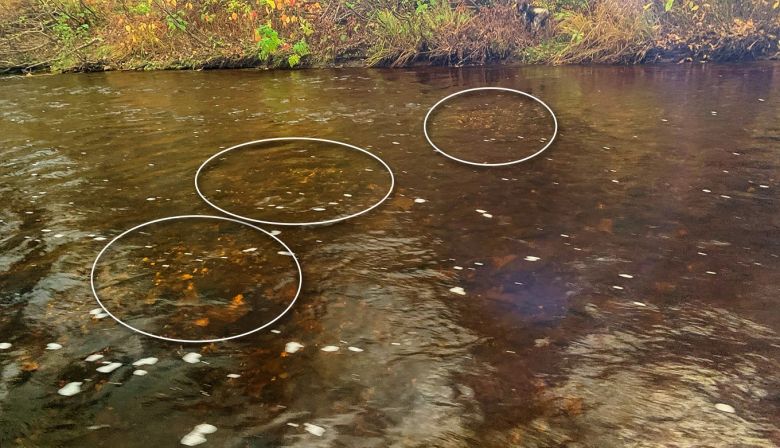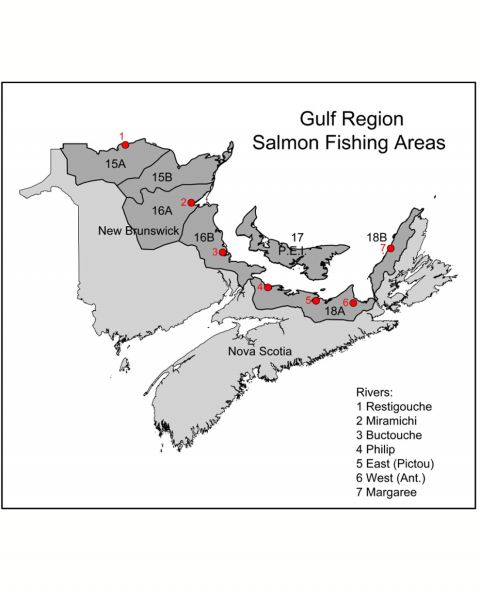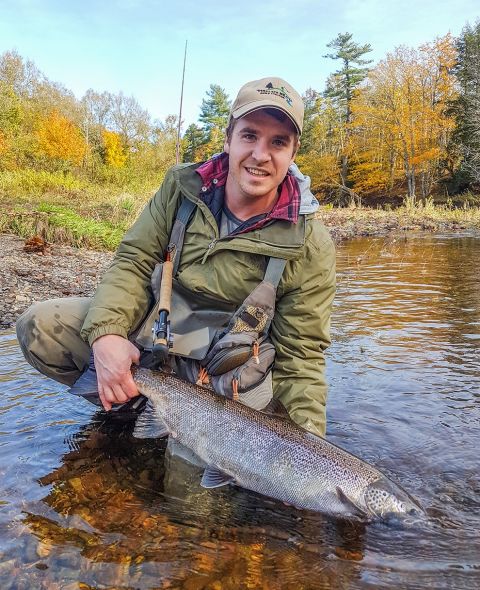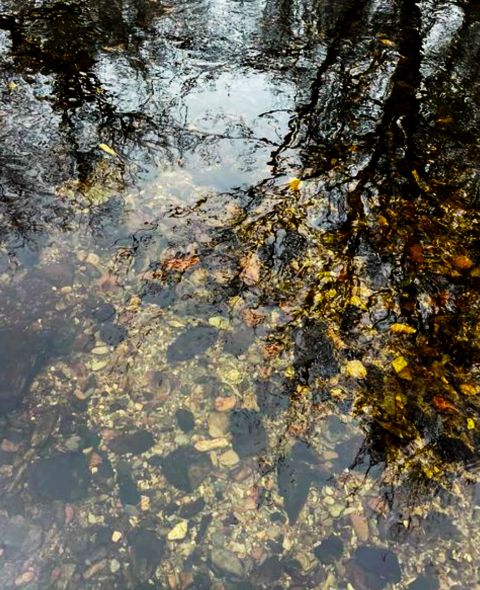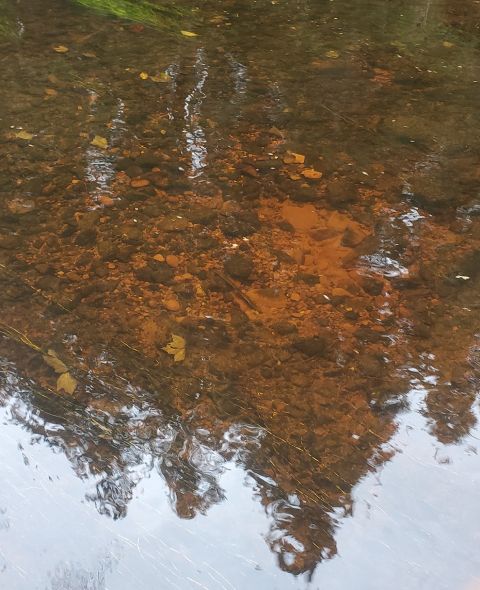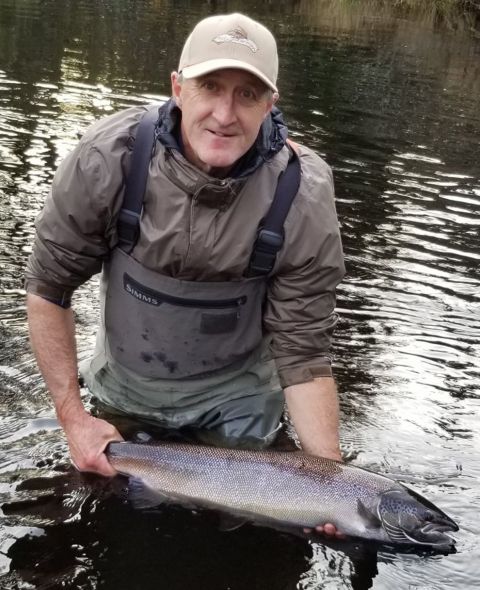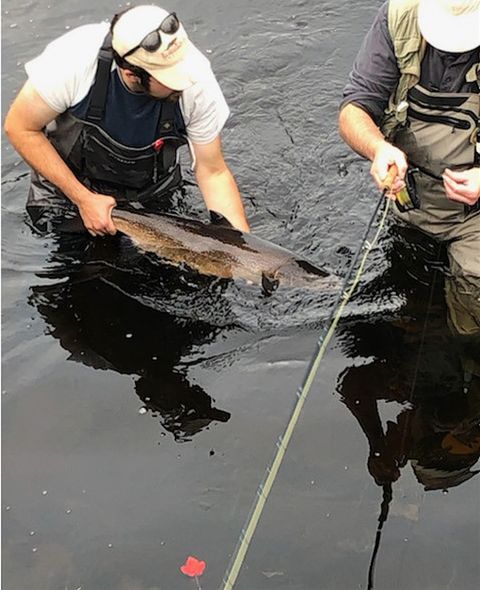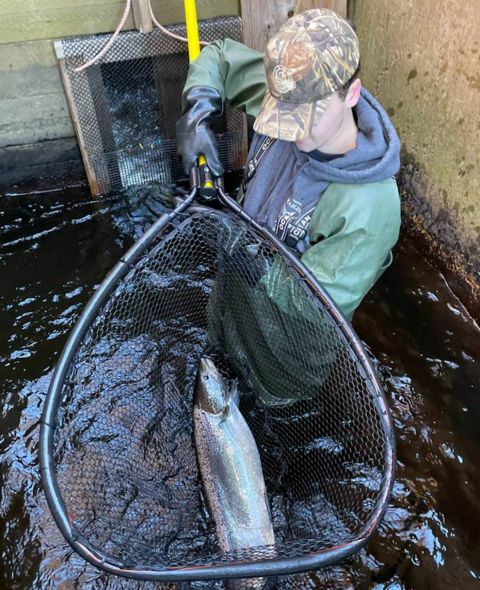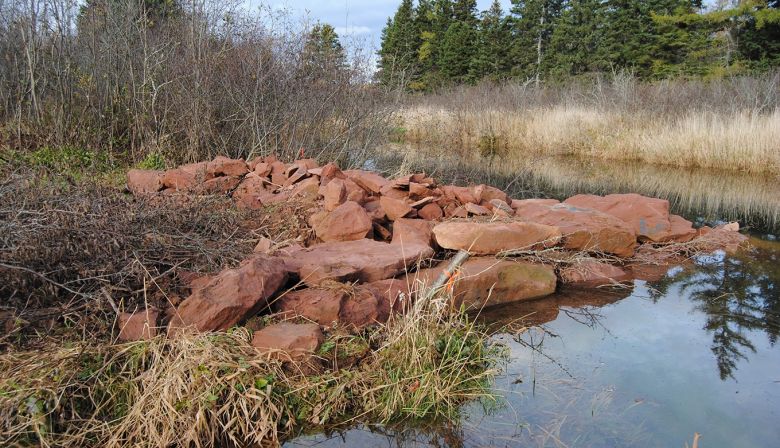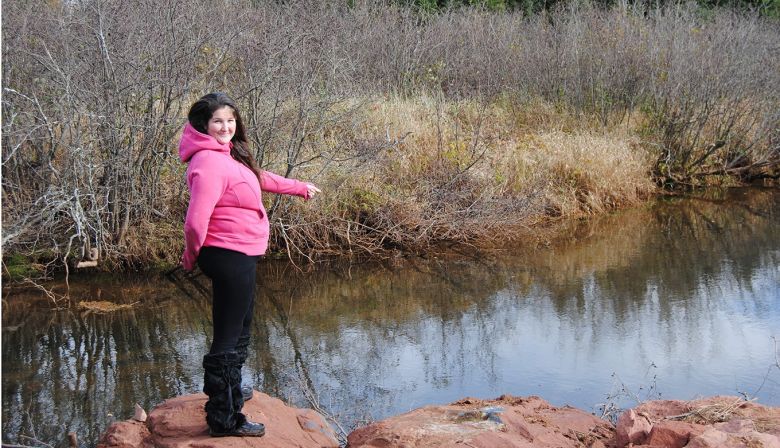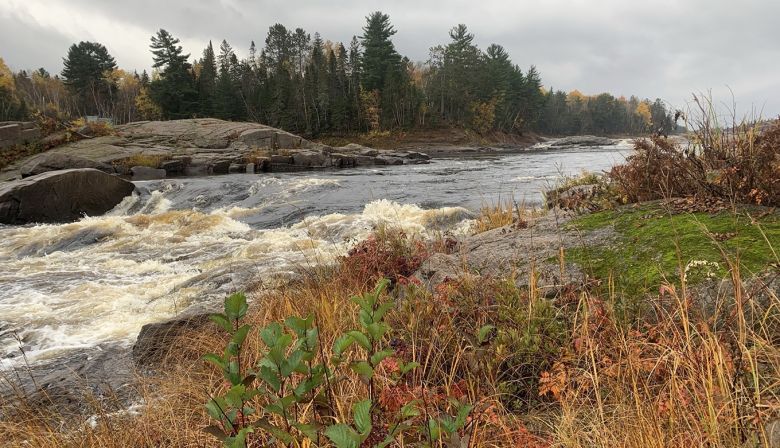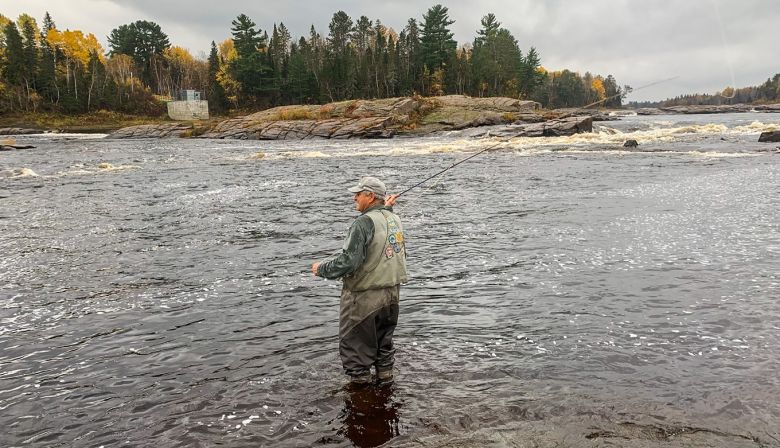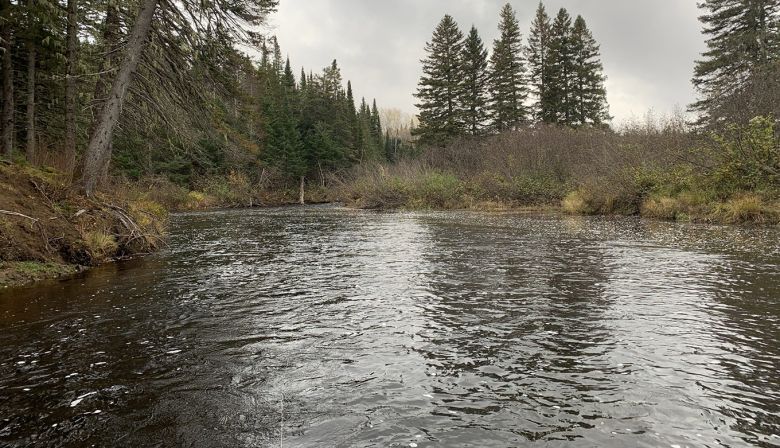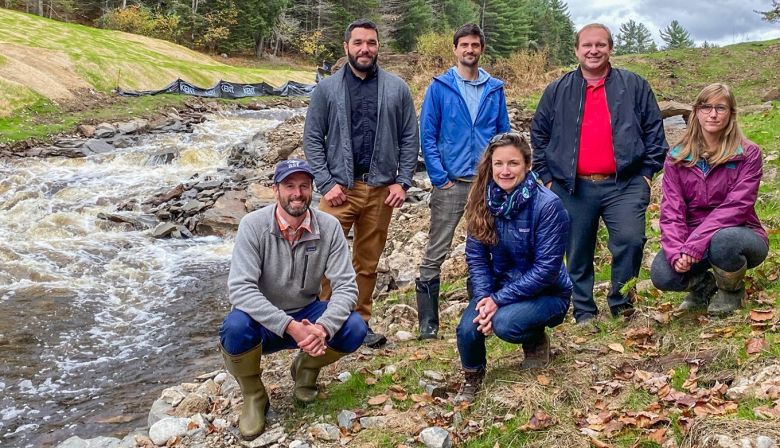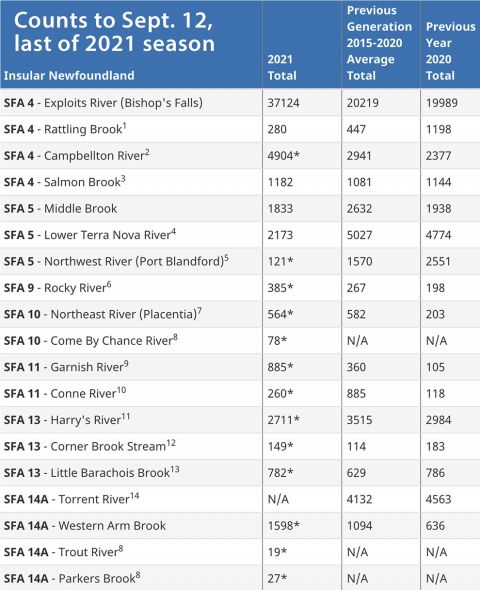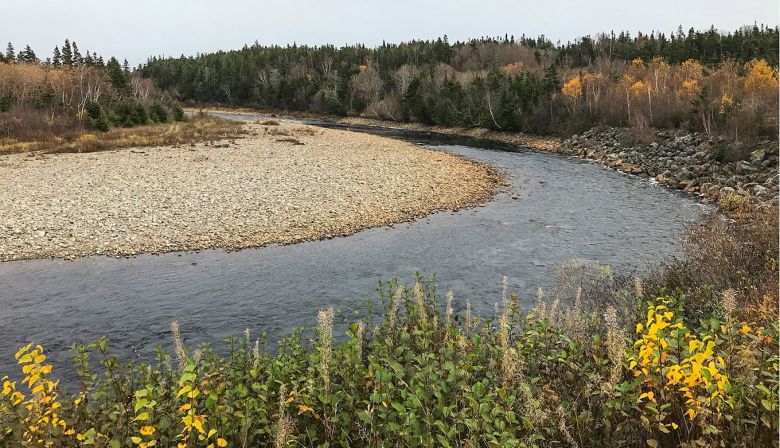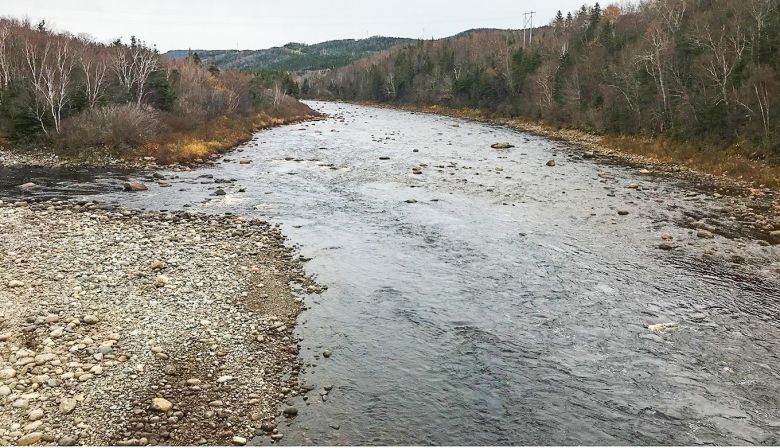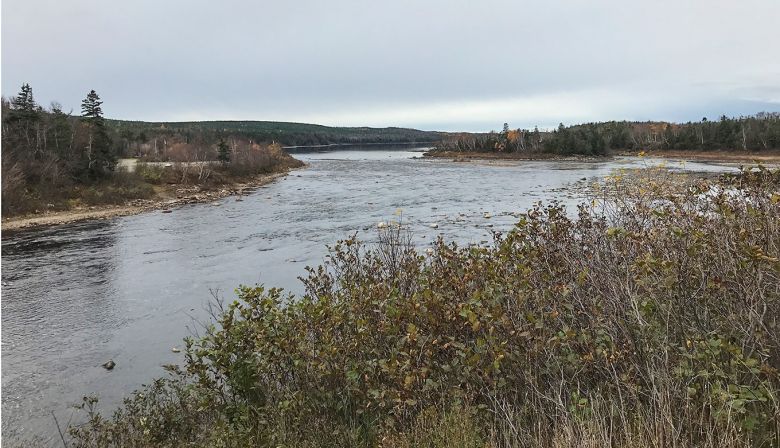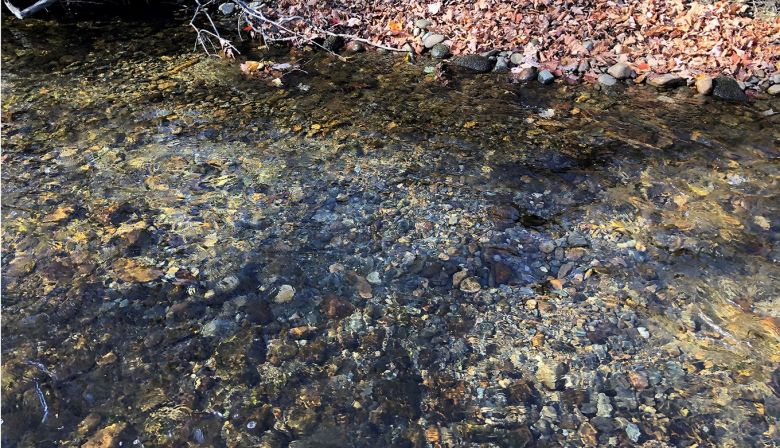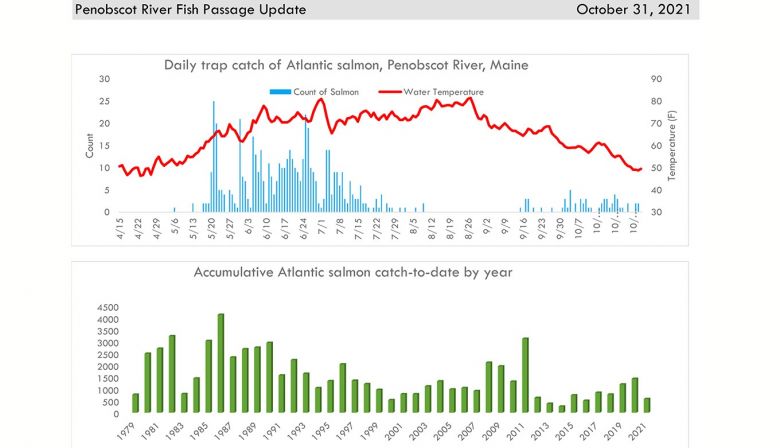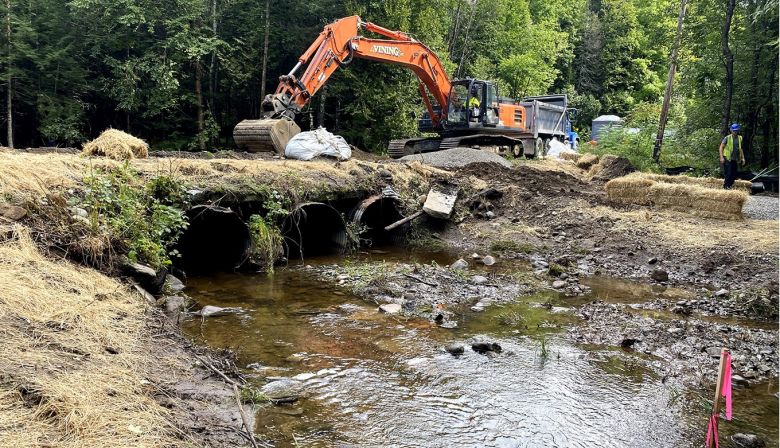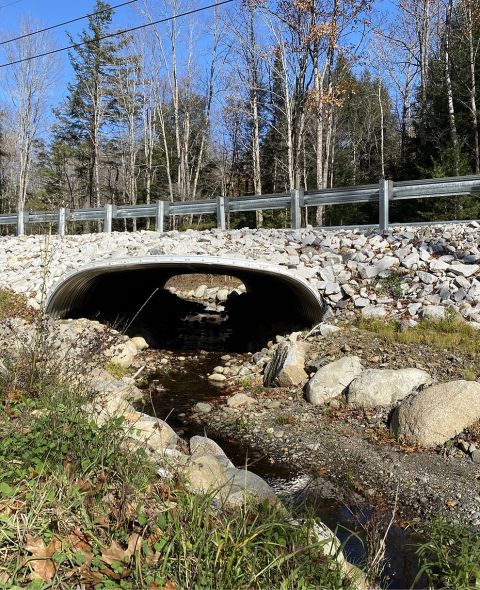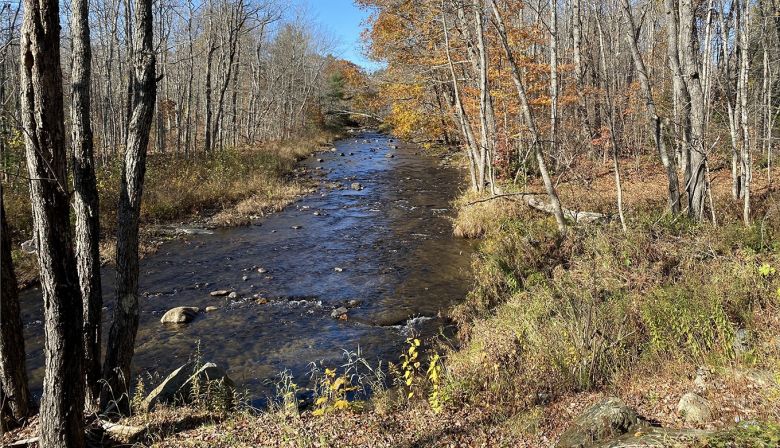In the 20 plus years I have been at ASF, I have appreciated how dedicated ALL the staff have been to improving the future of wild Atlantic salmon and have taken great pride in being part of an effort that has unravelled so many of the mysteries surrounding the migration of this magnificent species and continues to address the array of issues facing the iconic Atlantic salmon.
The passion for Atlantic salmon, its rivers, and its international heritage is shared by many, on both sides of the Atlantic Ocean, and it has been an honour to consider myself one of those so afflicted.
As many have guessed, my own perspective is that of a field naturalist, harking back to an education geared to field biology, and time working as an interpretive naturalist and for several years diverting to be a twice weekly newspaper editor serving a cross-border community in New Brunswick and Maine. Additionally, for some years I was the Canadian co-chair of the International St. Croix Waterway Commission, and like many, have been dismayed by the difficult array of issues impacting Atlantic salmon in this border river. Through these same years I enjoyed exploring rivers, mountains and inshore waters of Maine and Atlantic Canada and beyond, and have seen first hand how the Atlantic salmon is a core part of our shared heritage across the northeast of our continent.
In bringing a “field-based” approach to Atlantic salmon that draws together the angling perspective with that of the researchers and other users, it has been the species and its history that have been central.
The Atlantic salmon is a key species in our rivers and oceans, and we need to do all we can to insure it is abundant in generations yet to come.
Tom Moffatt


